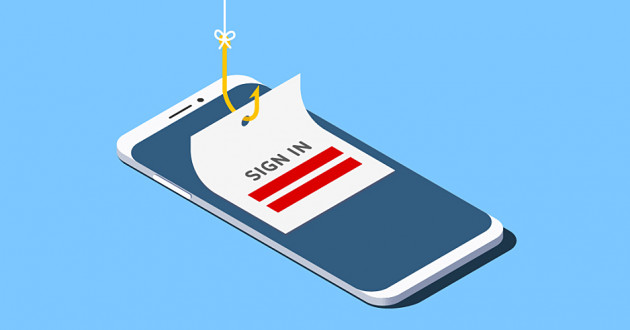10 TIPS FOR SECURING YOUR SMARTPHONE
This month is National Cyber Security Awareness Month. Each week within October will take on adifferent theme, with this week's being 'Mobile'. So, with that in mind, we thought we'd prepare some tips to help keep your smartphone safe.

Top 5 threat protection best practices
Trend Micro predicts that there may be as many as a million Android malware threats by the end of the 2014. What's going on here? Make no mistake about it, there are REAL ANDROID MALWARE PROBLEMS. (Credit: Juniper Networks) Part of it is that Android is being targeted because it's extremely popular. The research company Canalys found that Android is running on 59.5 percent of all smart mobile devices that were shipped in the first quarter of 2013.

YES, YOUR SMARTPHONE CAMERA CAN BE USED TO SPY ON YOU...
Yes, smartphone cameras can be used to spy on you - if you're not careful. A researcher claims to have written an Android app that takes photos and videos using a smartphone camera, even while the screen is turned off - a pretty handy tool for a spy or a creepy stalker.

Free Security Scans - Find threats your antivirus missed
Malware is complex, seemingly everywhere and is often difficult to stop. It knows how to find your data,even on your mobile device and Mac. You can't ignore your the safety of your devices any longer: you need to recognize and stop these threats before they do MORE harm.

MALWARE ATTACKS ON ANDROID DEVICES SEE 600% INCREASE IN 2016 / 2017
Malware targeting the Android platform is exploding, with a 600 percent increase in just the past 12 months. That statistic is among the findings of a new study--Mobile Security Threat Report--unveiled last week at the Mobile World Congress in Barcelona, Spain.






